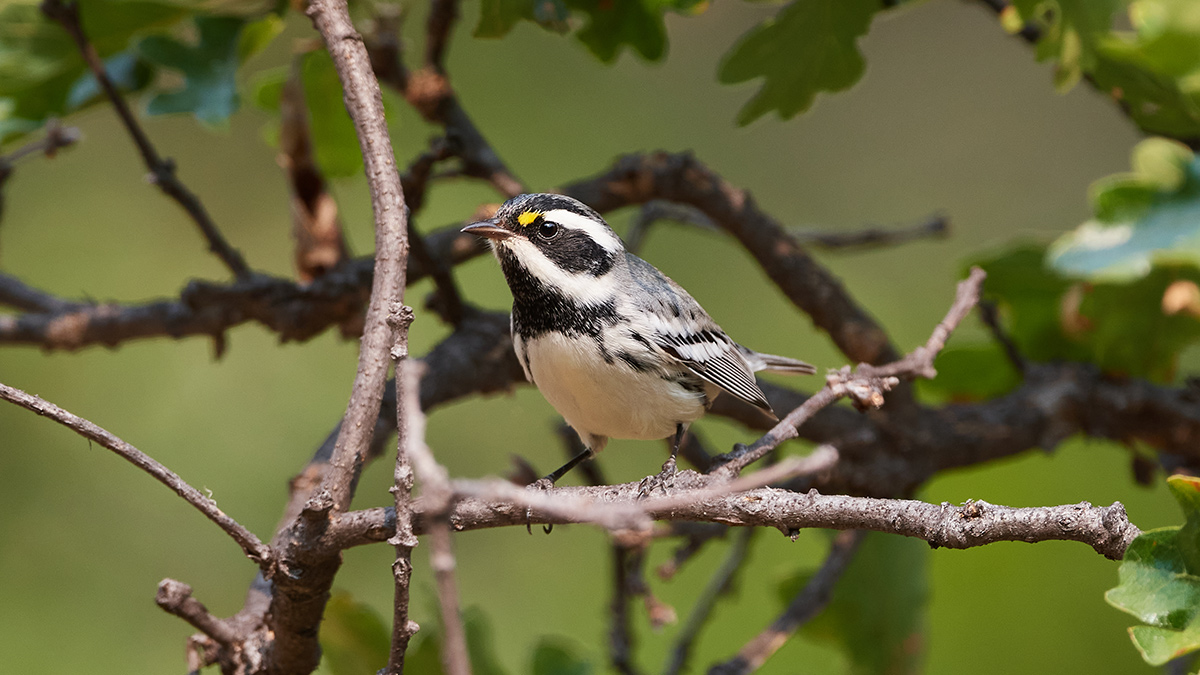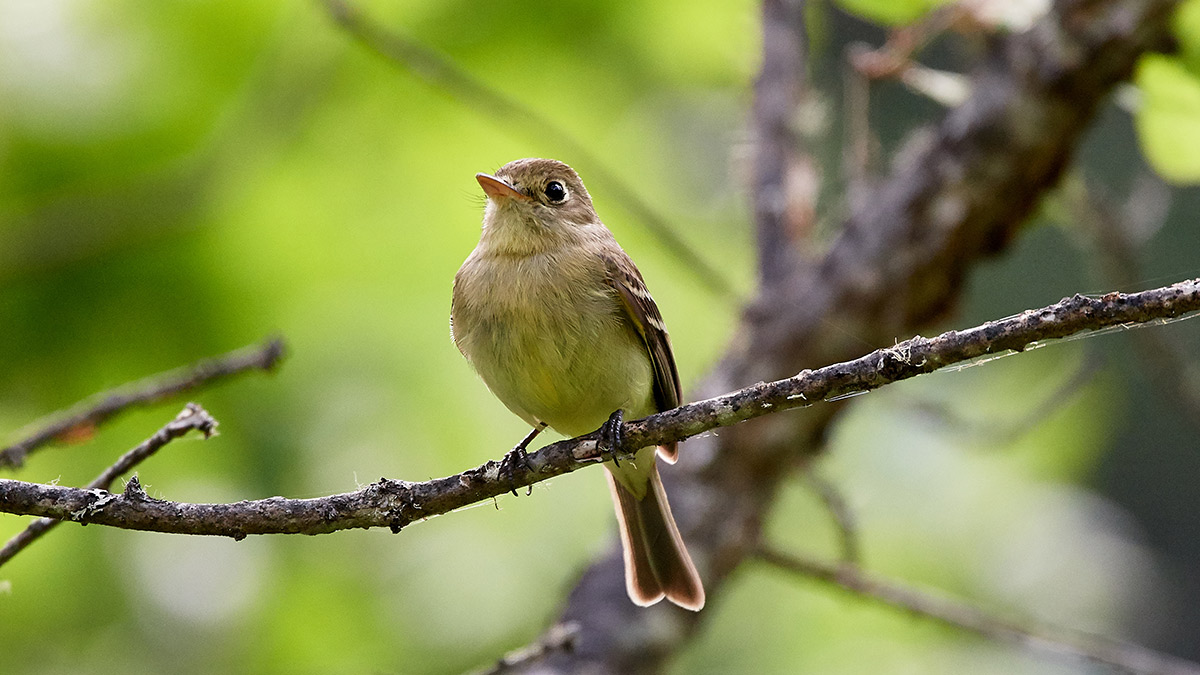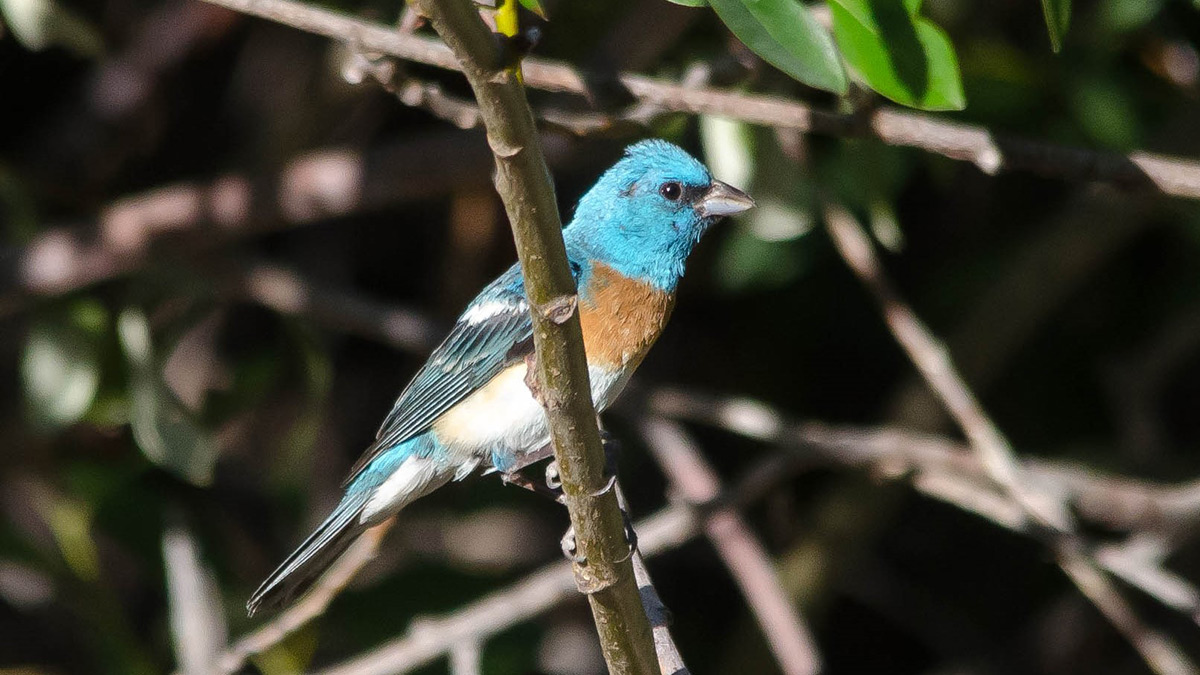What did we hear in the Upper Applegate Watershed?
Pre-restoration bird monitoring in the Upper Applegate Watershed: What did we hear?
Contributed by our partner Caitlyn Gillespie with the Klamath Bird Observatory
 You can learn a lot about a forest by listening. Do you hear that high-pitched “trees-trees-beautiful-trees” song over there? There’s probably a large old conifer tree hosting a Brown Creeper. And that buzzy, chattering insect-like song? There are likely some flowers blooming nearby that a feisty Rufous Hummingbird is defending.
You can learn a lot about a forest by listening. Do you hear that high-pitched “trees-trees-beautiful-trees” song over there? There’s probably a large old conifer tree hosting a Brown Creeper. And that buzzy, chattering insect-like song? There are likely some flowers blooming nearby that a feisty Rufous Hummingbird is defending.
Klamath Bird Observatory conducts point count surveys, where we listen to the birds to understand more about the forest. In 2021, Rogue Forest Partners worked with Klamath Bird Observatory to initiate a study of how bird communities respond to thousands of acres of planned forest restoration in the Upper Applegate Watershed. Birds are excellent indicators of changes in forest structure and plant composition because they respond quickly to change, have known habitat associations, and are relatively cost-effective to monitor. KBO scientists completed bird surveys in the spring of 2021 at treatment and control points within the Upper Applegate Watershed before any restoration work started on the ground.
KBO surveyors recorded 61 species in the Upper Applegate, including some important focal forest bird species identified in Partners in Flight Conservation plans—Black-headed Grosbeak, Western Tanager, Hermit Warbler, and Nashville Warbler were some of the most common species detected. The presence and abundance of the species we found in the watershed tell us a lot about the current state of vegetation conditions. For example, a high abundance of Hermit Warblers was expected because they are commonly associated with closed-canopy forests. At the same time, the high abundance of Black-headed Grosbeak and Nashville Warblers also tells us that the treatment areas contain plenty of deciduous trees and dense understory.
How the presence and abundance of these species change and whether we start to see other species in higher numbers is one way, we can measure ecological change and determine whether the forest is on a trajectory to meet restoration goals.
Maintaining and restoring a diverse mosaic of forest conditions and vegetation structures is a primary goal of the Rogue Basin Strategy. As forests are treated to encourage a diversity of forest types and conditions, we’ll likely start to see bird communities change—for example, Hermit Warblers may be joined by other important species such as Rufous Hummingbird or Hammond’s Flycatcher that also enjoy the open areas and early-successional habitat created by the restoration treatments.
In a few years, after all the restoration is completed, we’ll go back and see how the forest has changed—by listening to what the birds can tell us.



